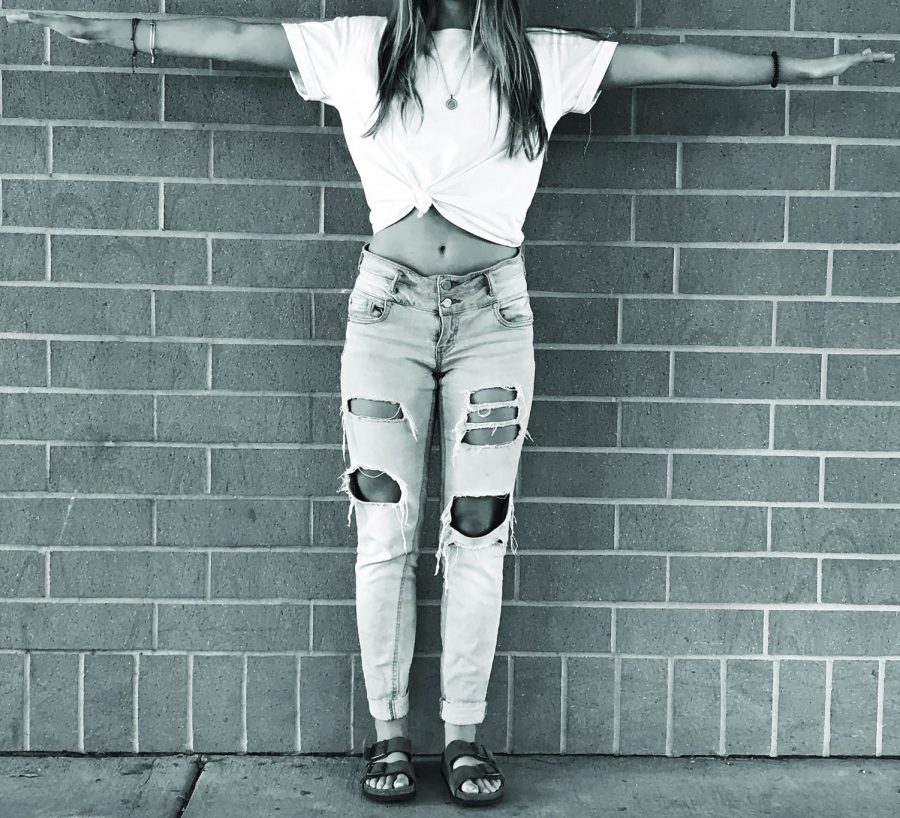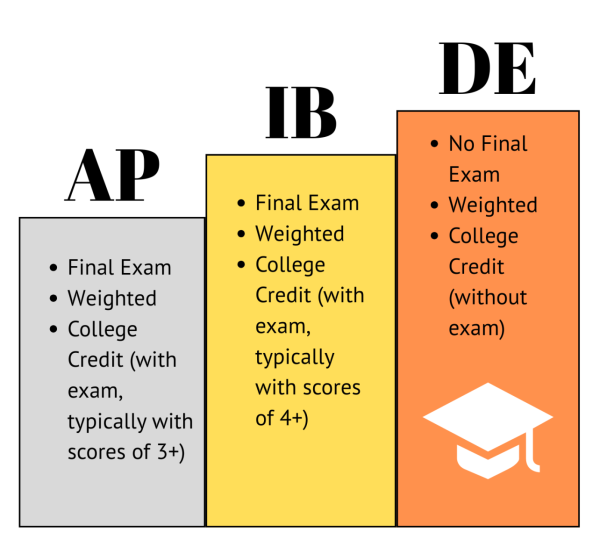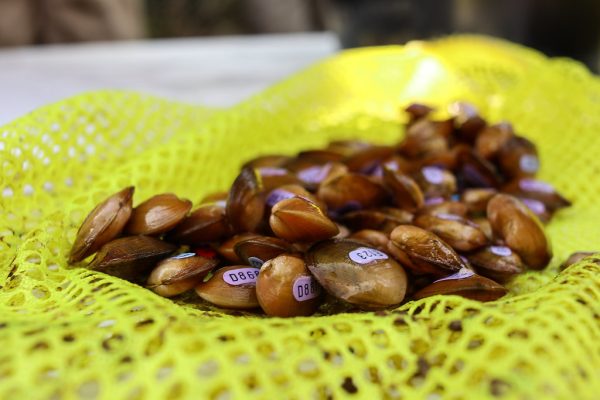Dress code issues continue at GBHS this year
Students express further frustration with school’s strict enforcement
Many girls at GBHS say the school’s enforcement of the dress code is biased.
There is no shortage of reports in the media about dress code scandals in schools across America.
Whether it be complaints of humiliating gym clothes used as punishment, sexist regulations the schools enforce or the fact that exposed shoulders are considered a major infraction, news of another student disobeying the rules continues to pop up.
Here at Granite Bay High, the rules of the dress code are considered to be relatively flexible.
“Dress code at Granite Bay is pretty lax – no tube tops, midriffs, short-shorts, saggy pants or inappropriate logos/writing. We want to students to dress for success and take their high school education seriously,” assistant principal Jennifer Buschmann said.
Based on these standards, it would seem as though the rules affect both boys and girls, but this is apparently not the case. According to sophomore Isael McCall, staff seem to target girls more for violations and “choose to ignore” the boys.
“Some girls like to wear some form of a crop top, and they often do get dress coded, while I can – and have – worn a crop top in front of faculty without so much as a warning or comment.”
Other students said they also feel that if these rules are in place, all staff should implement them. Sophomore Sam Hutchison noticed how a friend could be dress coded for a tube top then see another student wearing the exact same thing walking freely.
“(Dress coding) should be more evenly distributed,” Hutchinson said. “If you’re going to punish one person, all teachers should crack down on anybody who breaks the rules.”
But for the most part, whether or not a student has to wear gym clothes following a dress code violation depends on the teacher.
“Some people take it really seriously, and other people just avoid it,” AP Literature teacher David Tastor said, “There should be a dress code for both boys and girls that is enforced equally.”
The main reason for the inequity of enforcement, according to several students, is that girls are told their clothes serve as more of a distraction.
“I was dress coded because you could see my bra strap,” senior Pavlina Clem said, “and it really annoyed me because are my shoulders really that distracting? Is my bra strap really more distracting than say, a neon yellow turtleneck?”
Clem said she shouldn’t be punished for wearing something that all girls need to wear. Other female students said they believe that being punished for bra straps and bare shoulders objectifies them, and being called a “distraction” only makes matters worse.
“It’s not my problem,” junior Ashley Bartels said. “People are going to look at me way more in a P.E. shirt than a regular top anyway, so you still didn’t solve the problem.”
Bartels isn’t the only one who thinks it’s not her responsibility to make sure boys can focus on their classwork.
“Often people are dress coded for ‘being too distracting’ or ‘disruptive,’” Bartels said. “ I don’t see why clothes would be distracting unless someone made a point to be obnoxious about it,” McCall said, “And if boys get ‘distracted’ by what a girl wears, it’s not her fault. He should be paying attention.”
Like McCall said, students and staff should be focusing on school work, not checking out their peers short-shorts. Some male staff members have even been told off for trying to apply to code.
“Early in my career, I dress coded a young woman,” Tastor said, “And she turned around and said something to the effect of ‘what are you looking at a 16 year old girl for?’” Tastor said.
After this encounter, Tastor vowed to never dress code revealing clothing but still occasionally cracks down on clothing displaying offensive language.
“I see a lot of kids with beer shirts, pot symbols, etc., and I try to enforce those,” Tastor said.
Ultimately though, dress codes are subjective. And what is an innocent tube top to one person could be deemed highly unsuitable for school to another. So what’s the solution?
“I think school uniforms could be nice because then everyone’s equal, and you don’t have to worry about what to wear anymore,” Hutchison said.
The equality is what scares some students, and during the four years of trying to figure oneself out, the sameness can be detrimental.
“High school already kind of makes you shoved into uniformity, and our sense of style shouldn’t also be impacted,” Bartels said.
Regardless, Tastor says people will try to find loop holes with uniforms too, and we will be right back in the same mess.”
Students realize there is a need to keep everyone focused on learning, but they think the enforcement of the standards has been taken too far.
“I understand they’re trying to keep the school modest, but it’s so unfairly skewed towards girls,” Clem said. “Who’s to say my body is a distraction?”














Melissa • Nov 4, 2017 at 10:23 pm
I agree with Sam, my daughter wore a top that is designed off the shoulder so she wore a tank top under it to offer more coverage. BTW, My daughter is super conservative. The teacher dress coded her and the following week another girl in the same class wore the exact same top with nothing under it and she wasn’t dress coded. Perhaps my daughter is a bigger distraction than the other girl? Subjective rules are open for biased opinions and can be interpreted as targeting.
Jérôme Benoît • Nov 3, 2017 at 10:07 am
Bonjour!
This article has almost no news value in my opinion. I got half-way through the article and I don’t understand the point of it. I have seen no new angles to this story: dress code is unfair. Sure. But wouldn’t this warrant an opinion? The dress code didn’t change, ergo the news value remains minuscule — if existent at all. Further, this article contains a heavy bias; it damages your guys’ reputation more than it helps. Please cover more pressing issues in the district.
Also, train your copy editors, lol.
Bienvenue mon ami.